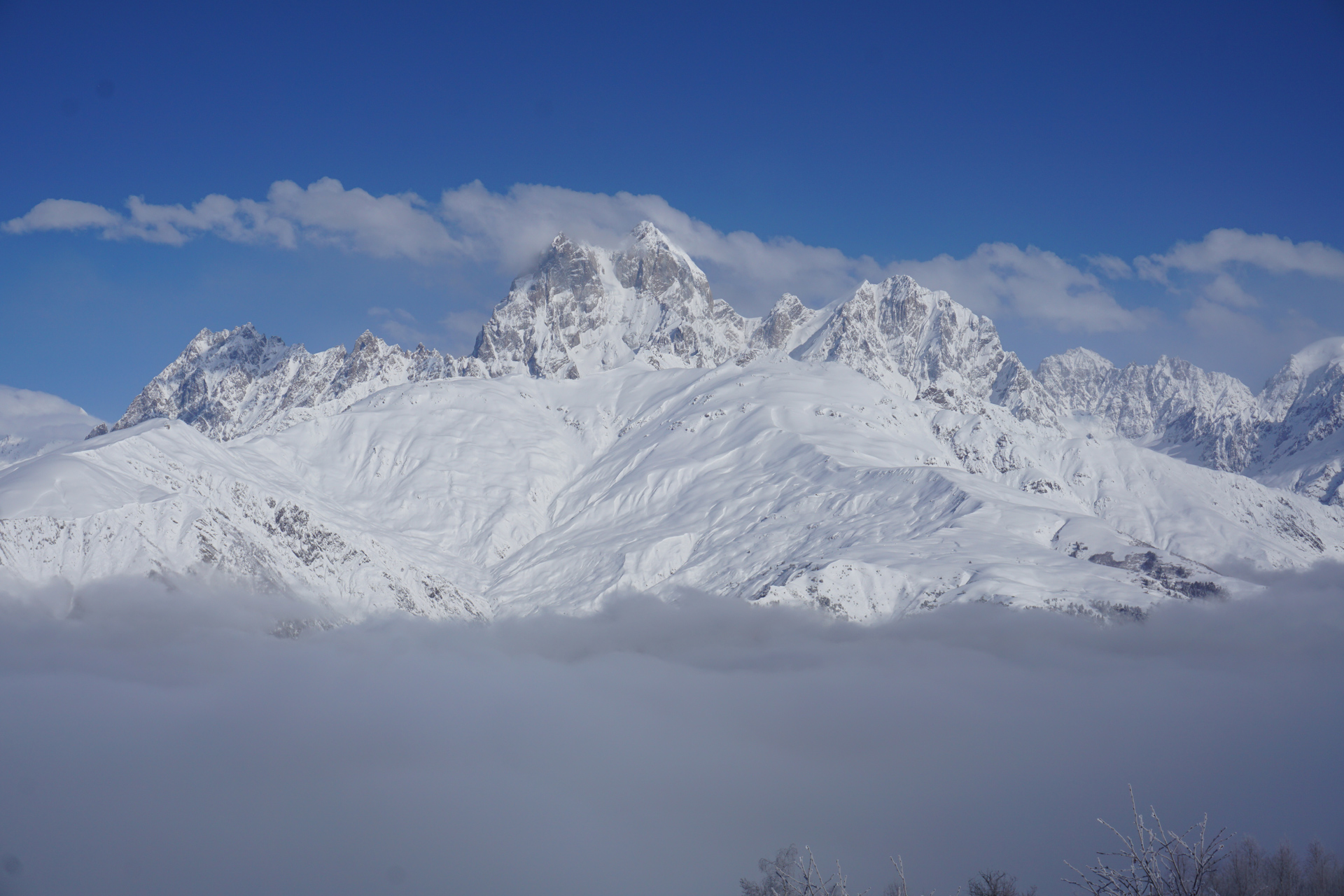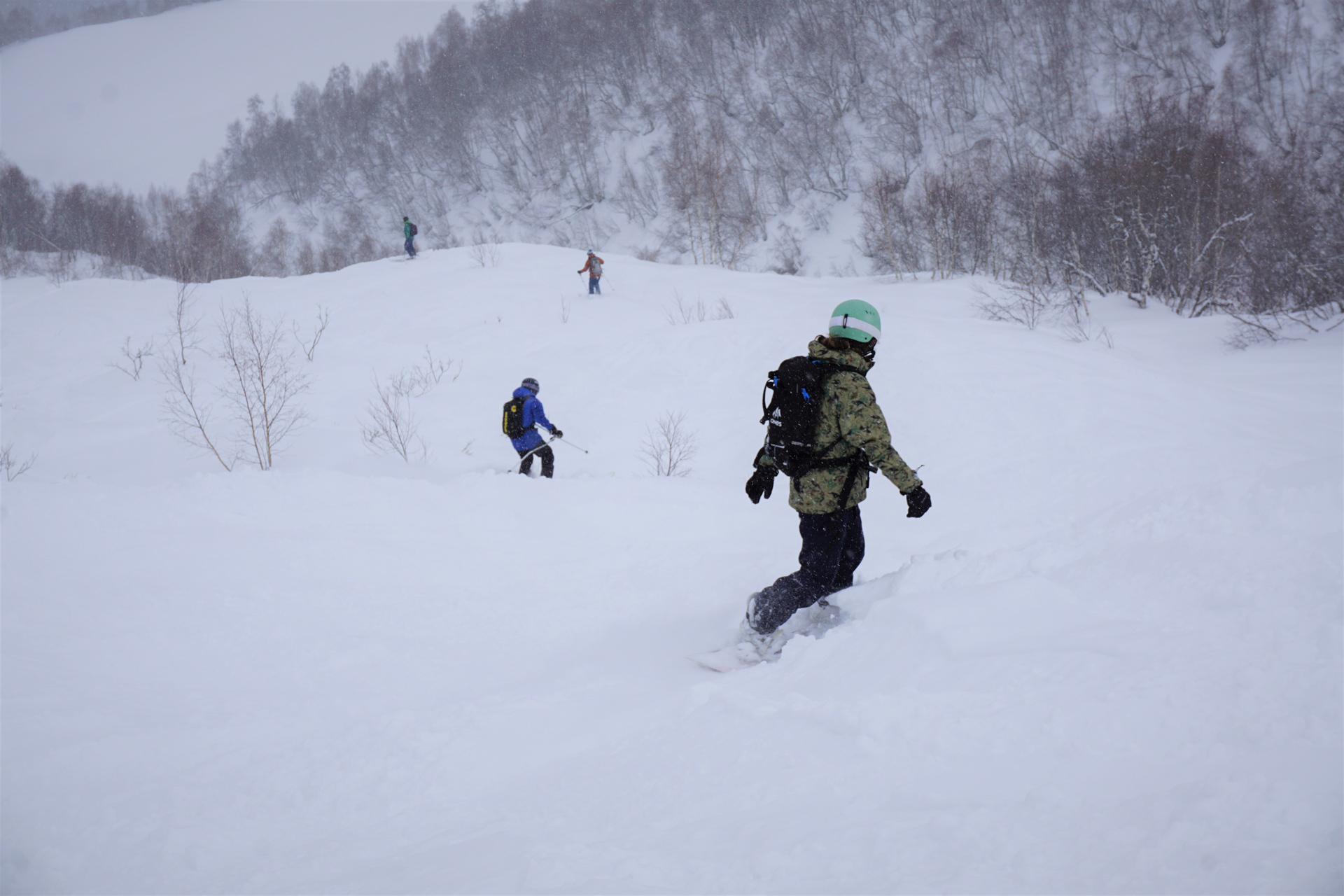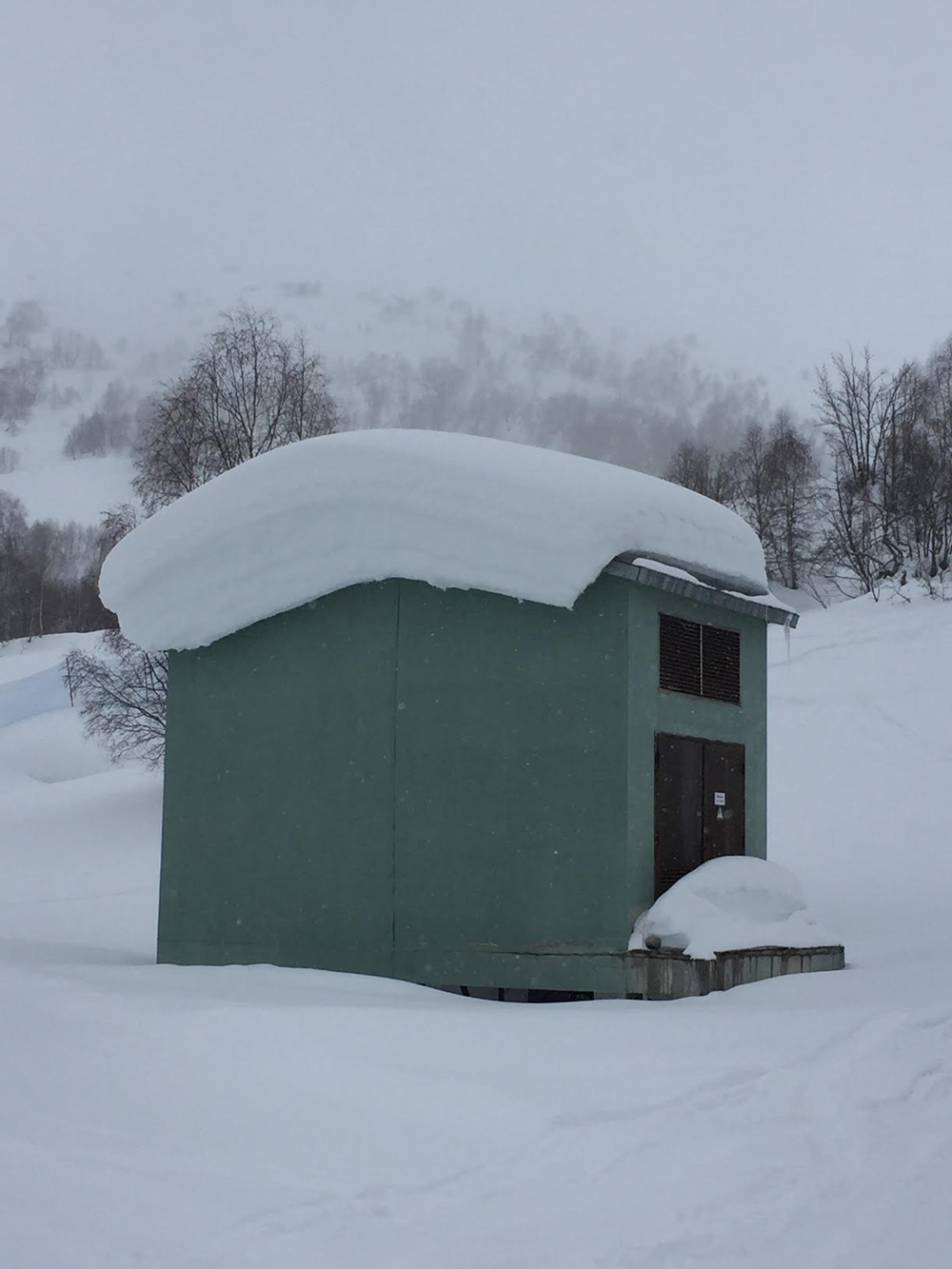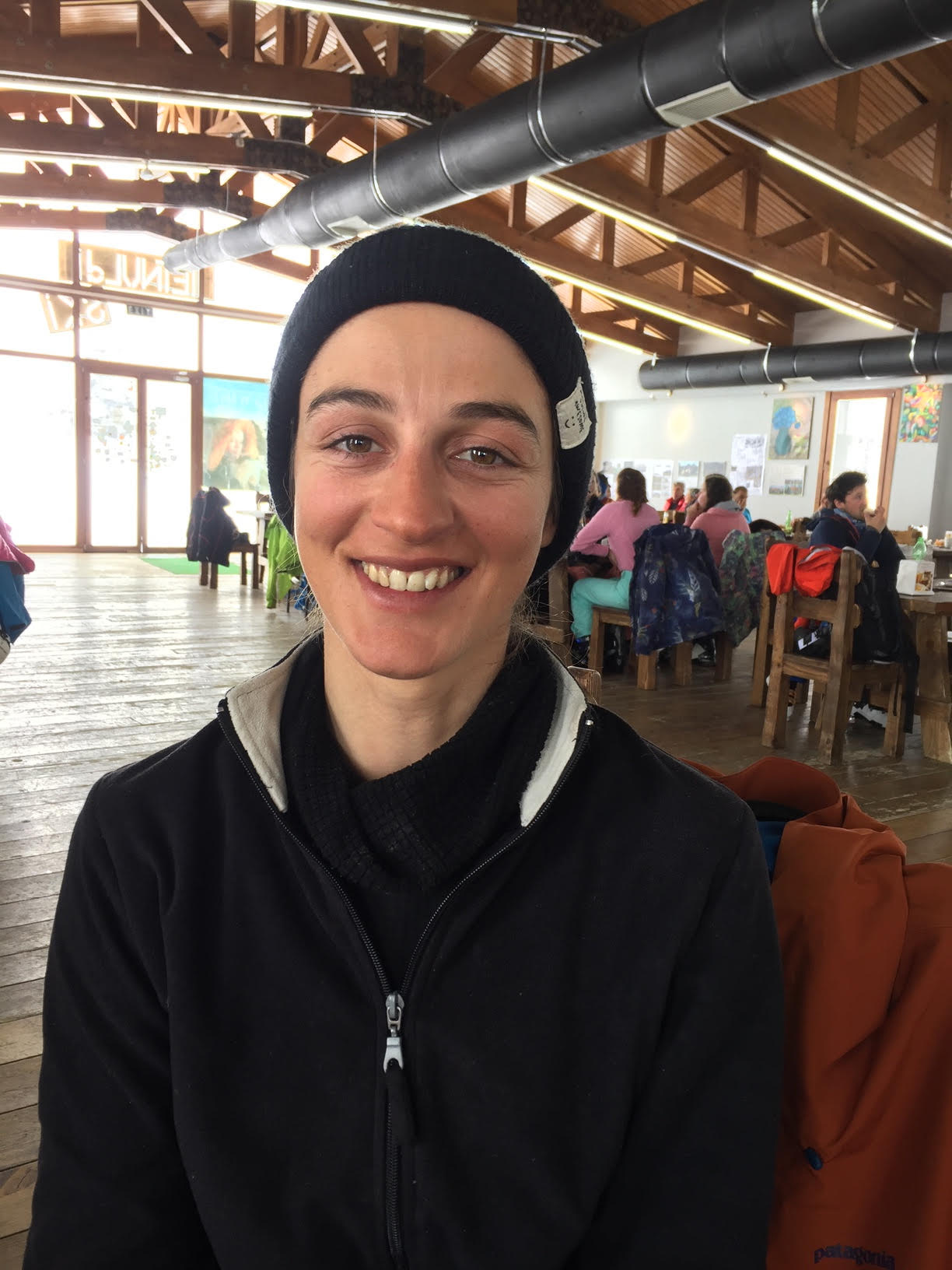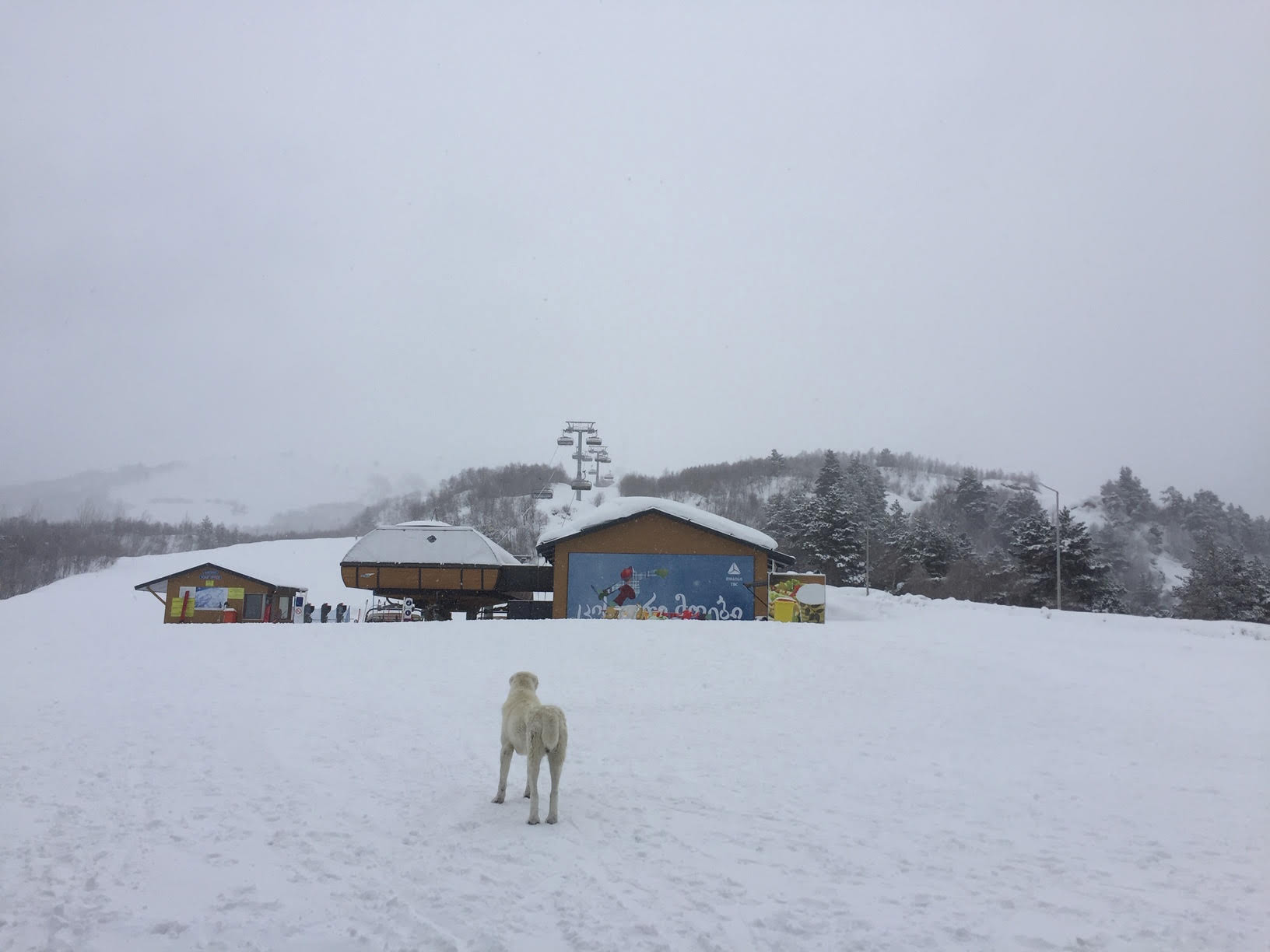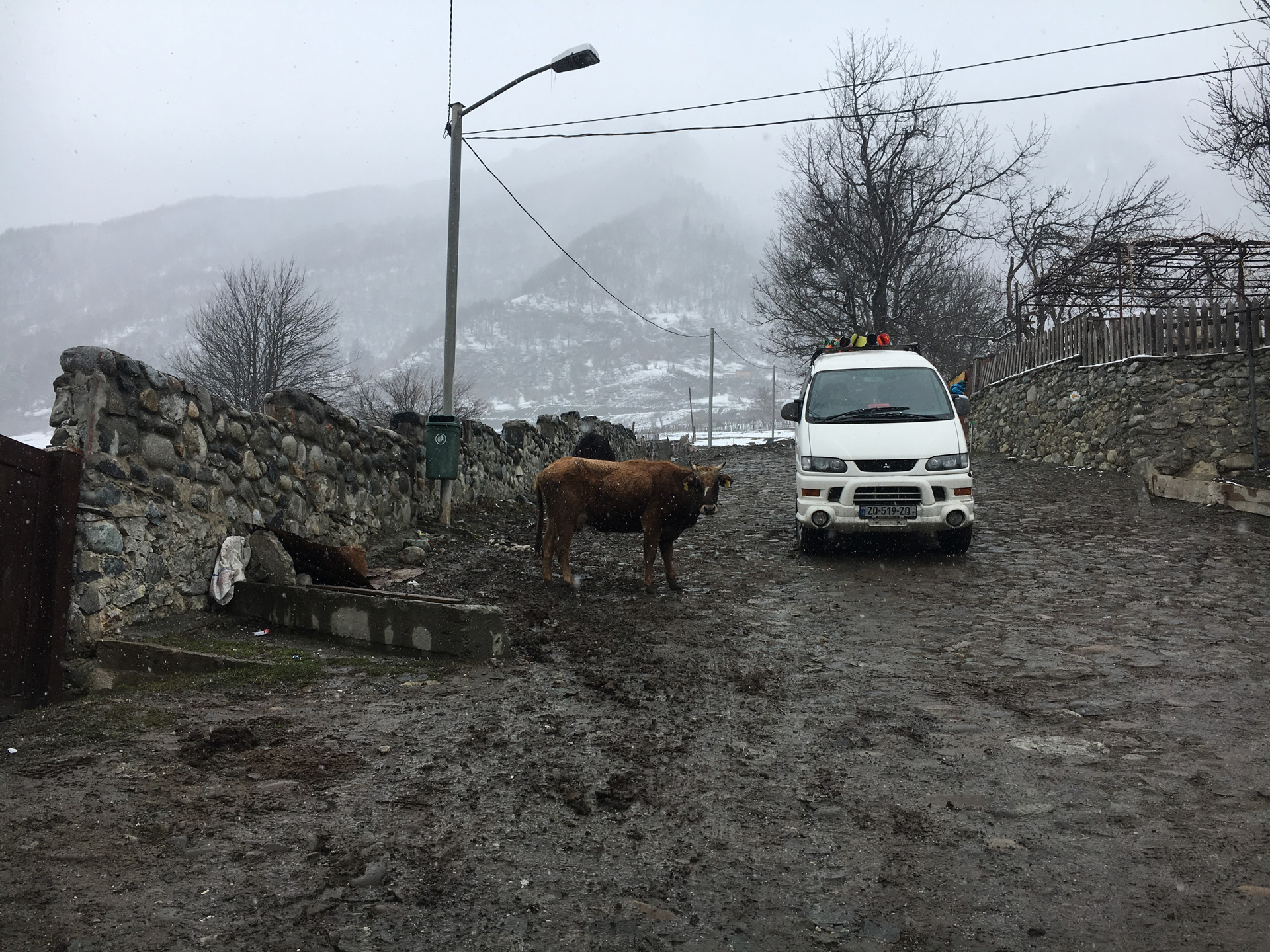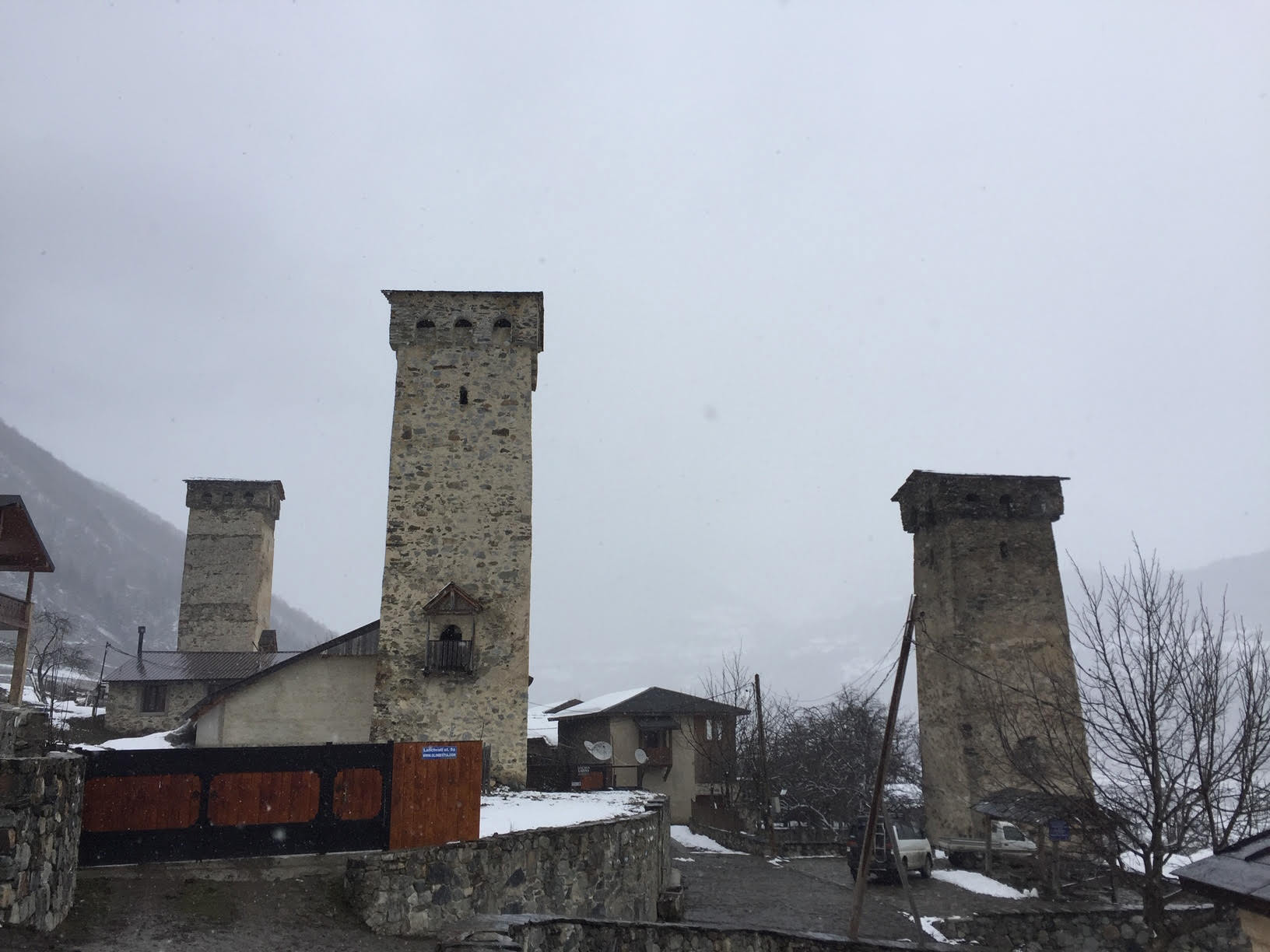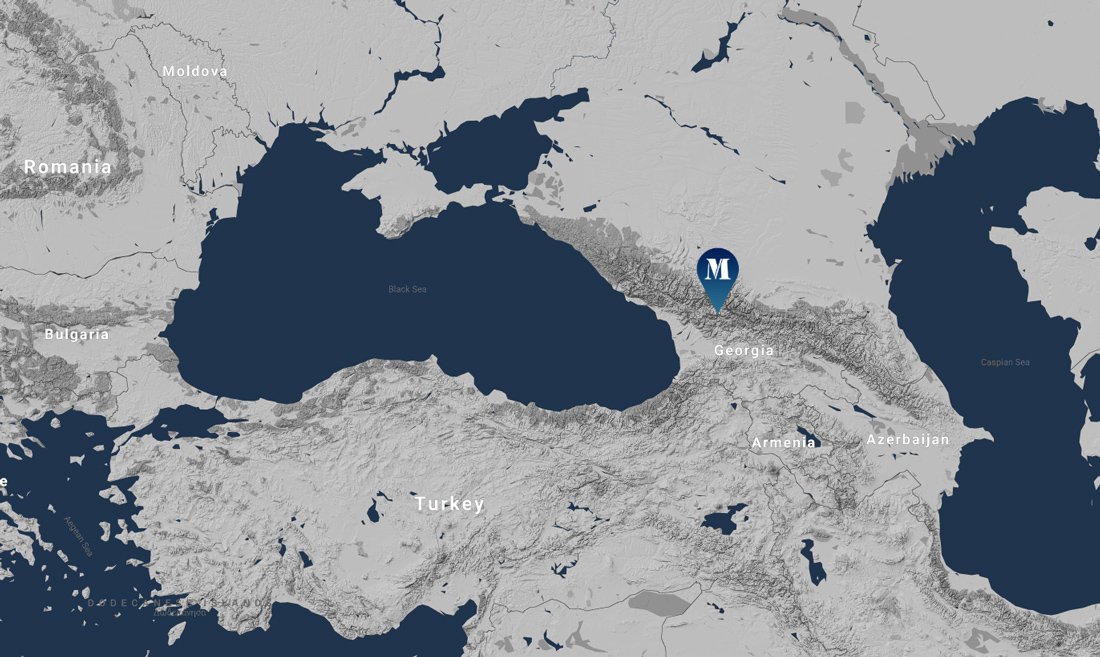Featured Image: Rob Stewart
“When I was 16, a lot my relatives, including my uncles who were Alpinists, were planning an expedition to climb the mountain Tetnuldi but they didn’t want to take me. They thought it was only a men’s thing. So, I went by myself and climbed it.”
“They thought it was only a men’s thing. So, I went by myself and climbed it”
I’m sitting in a large wooden hut in the remote Svaneti region of Georgia. Snow is piled up either side of the door, the big windows are atmospherically misty, and I’m chatting to Nata Japaridze, the country’s first female mountain rescue worker. Or at least we’re trying to talk while comically loud trance music blares out from the café’s sound system; to our left a table of Austrian skiers and snowboarders are eating their lunch in bemused silence.
We’re in the ski resort of Tetnuldi, deep amid the dramatic peaks of the Greater Caucasus, a high mountain range which stretches from Europe to Asia, from the Black to the Caspian Sea. Named after the pointed peak that Nata climbed, which at 4,858m provides its backdrop, the resort opened in 2016 with just one lift. It’s since added four more and there are plans for further expansion but for now it’s really known for its backcountry and touring opportunities. It’s also great value, day lift passes cost just over £10.
